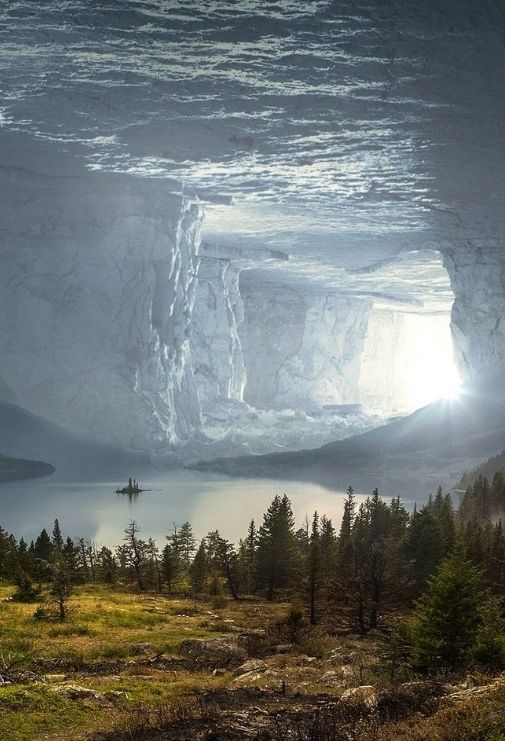- Vol. 08
- Chapter 05

But Isn’t It…
The thing with experiments is that you never really know how they’re going to turn out. That’s because they’re experiments. And since human beings (well, a decent percentage of them anyway) have a boundless sense of curiosity that uncertainty has never stopped anyone. Generally speaking, of course, things aren’t left completely up to chance. Conditions are controlled and environments made safe (insofar as possible). And hypotheses are tested out on an incremental basis with a gradual scaling up over time. Unfortunately, this presupposes that you have that time available to you. Not that the problem you are testing solutions for has become so exponentially unmanageable that you have backed yourself into a corner and all you can do with that caution is throw it to the wind. We all knew the ice sheets were disappearing but until the tangible effects of that started impacting on the lives of the people who were in a position to mobilise resources to halt it no such mobilisation occurred. And so, ultimately, we were given just a year to come up with a make-or-break plan to send the meltdown into reverse. It took an international effort of beyond-pandemic level proportions but after nine months we had worked out a plan for geo-engineering a build-up of ice deposits and were ready to try it out in a remote part of northern Canada. I could say the results exceeded our wildest expectations but that doesn’t even begin to cover it. Unlike the ice we made. A runaway success they called it. An unfortunate description as it turned out. Now all we can do is stare open-mouthed at the glacial expanses creating themselves above and below us and think, "But isn’t it beautiful."
